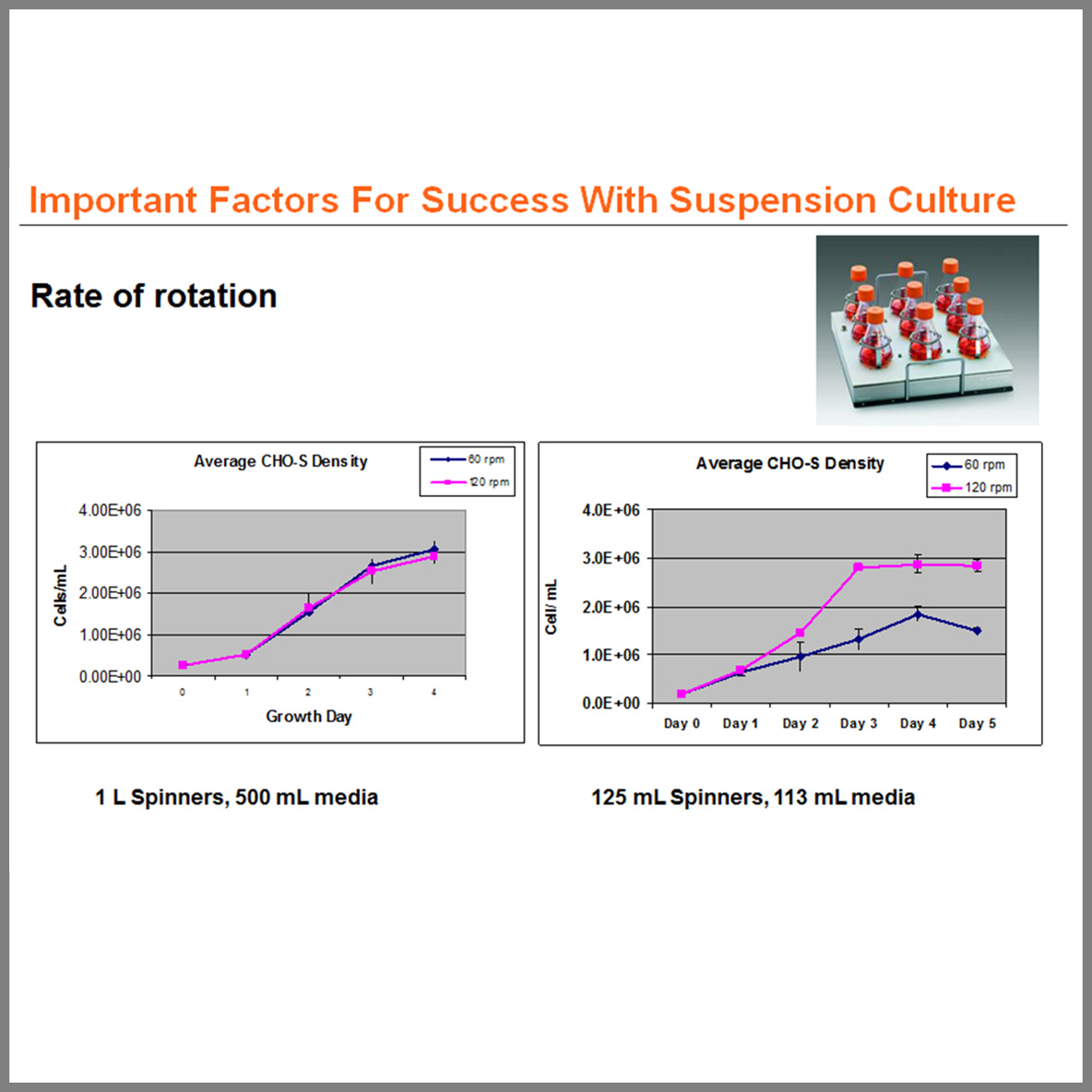Learn Efficient Scale-up Strategies

Please complete this short form to watch this informative webinar.
Who should watch:
- Process development scientists
- Drug discovery researchers
- Cell biologists
- Student researchers
You will learn:
- How to select the best scale-up vessel for adherent cultures
- Considerations when selecting the best scale-up vessel for suspension cultures
- Parameters to consider when scaling-up cells
Thank You
This webinar covers:
- - Major reasons for cell culture scale-up: 0:29 - 1:18
- - How to select the best scale-up vessel for adherent cultures: 1:19 - 16:47
- - How to select the best scale-up vessel for suspension cultures: 25:59 - 35:14
- - Parameters to consider when scaling-up cells: 35:15 - 41:24
Q&A session:
- - I transferred my suspension cells from a shaker flask to a spinner flask and the growth rate decreased. Can you explain what happened? 42:08 – 42:52
- - I’m scaling-up my cells from a T225 Flask to a Corning® HYPERFlask® and noticed a lot of clump cells when I harvest the cells off a HYPERFlask when I use trypsin. Why is this happening? 43:50 - 44:55
- - For MDBK cells, which is the recommended microcarrier coating? 46:47 – 47:15
- - I’m trying to scale-up a cell line that I’ve never worked with before and my cells are not attaching. What do you recommend? 47:25 – 48:17
- - In your slide, you suggest scaling-up from a Corning® CellCube® to a Microcarrier culture, but would you recommend scaling up from a low volume microcarrier culture to a high volume microcarrier culture? For example, 30L to 100L? 50:12 – 51:25
- - For the K562 leukemia cells, the vendor recommends using T-75 flasks with no agitation. Can you explain that? And any thoughts on scaling-up? 52:34 - 53:28

